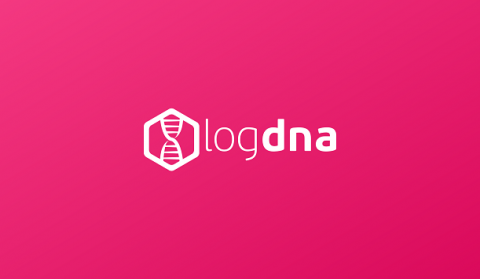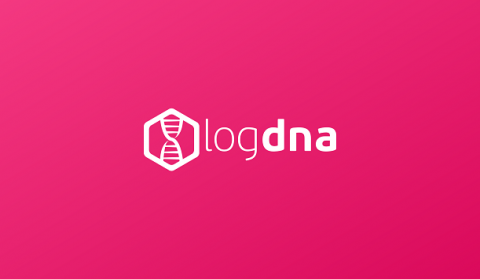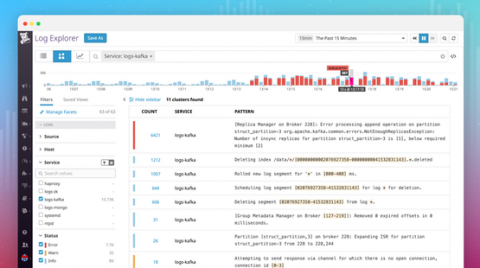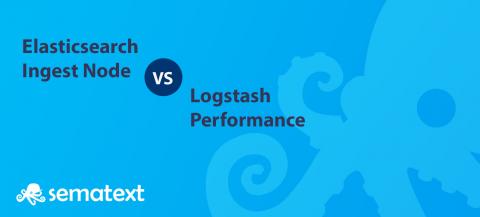Announcing Logz.io Security Analytics
We founded Logz.io four years ago with a vision to provide a platform for engineers like us to operate the next generation of applications and infrastructure. As engineers, we experienced firsthand the challenges of running large-scale, open-source tools and the frustration of dealing with slow, proprietary tools which were not designed to support the rapidly changing technology stack we operated.










